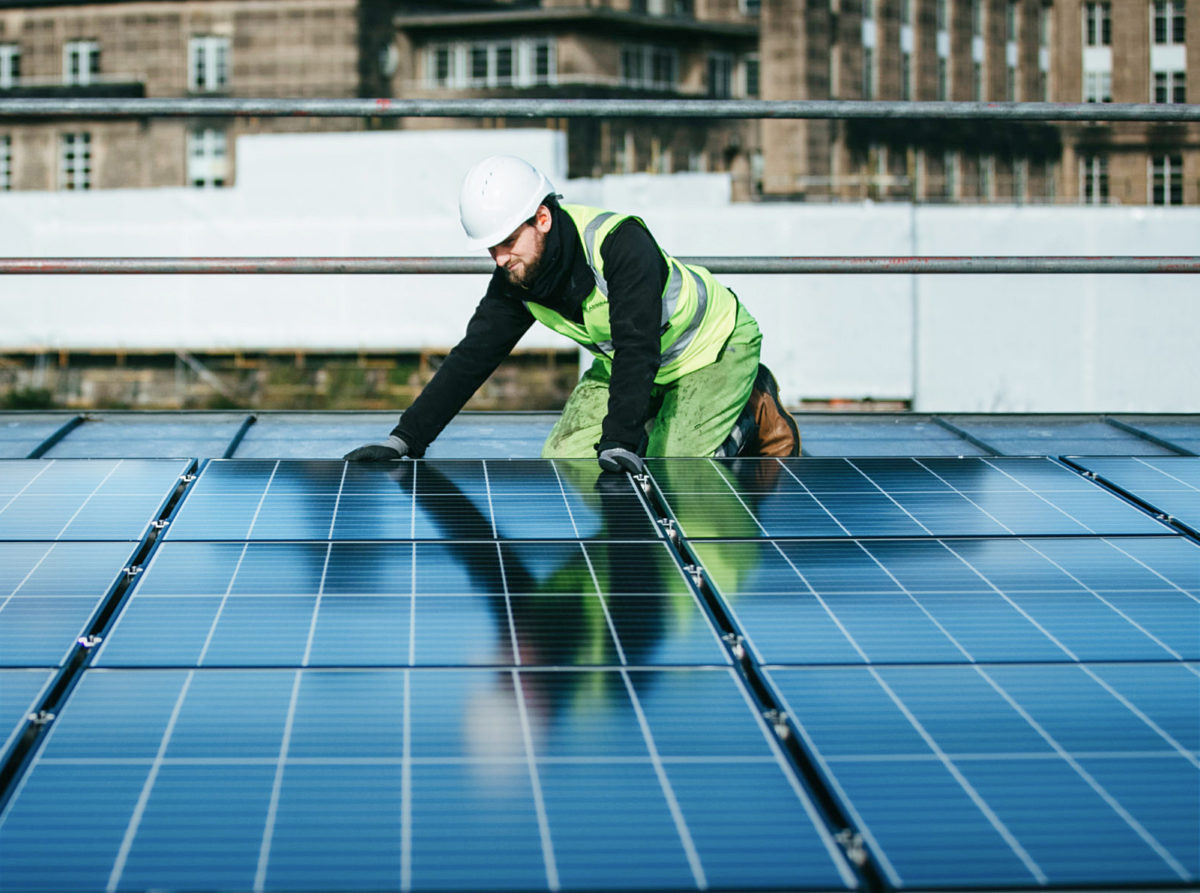Hanwha Qcells America announced that its solar supplier, Hanwha Advanced Materials Georgia (HAGA), will build a new advanced materials manufacturing facility in Bartow County, Georgia.
HAGA will supply Qcells with encapsulant film ethyl vinyl acetate (EVA), which is the front “foil” on solar modules sandwiching the cells against the backsheet and front glass. There were shortages of EVA in 2022, and by supplying its own EVA foil, Qcells is ensured a steady supply of the necessary material. Qcells noted that HAGA will be the only company in the U.S. manufacturing solar EVA.
The investment of $147 million by HAGA is expected to create more than 160 full-time jobs, including engineers, line operators with the facility starting production in June 2024. The facility is critical to supporting Qcells’ plans of developing a fully integrated U.S. solar supply chain.
“The products we make are an important piece of the clean energy supply chain puzzle, and we are excited to meet this need,” said Inhwan Kim, chief executive officer, Hanwha Advanced Materials. “Building our cutting-edge, advanced materials in Georgia will not only create new careers in solar but help bring more affordable, reliable clean energy to customers across the country.”
The announcement comes two months after Qcells announced plans to invest a historic $2.5 billion to expand its operations to house a fully integrated solar supply chain manufacturing base in Georgia. In what is considered the largest investment in U.S. solar history, the Korean company, a subsidiary of Hanwha Solutions, is the first company to establish a fully-integrated silicon-based solar supply chain in the U.S.
Qcells also recently announced plans to buy polysilicon from REC Silicon, which is using clean energy to power its facility in Moses Lake, Washington. In its Q3 22 report, REC Silicon confirmed it will restart solar polysilicon production at Moses Lake in the U.S. state of Washington in Q3 23, following Hanwha’s decision to acquire a 16.67% stake in the Norwegian manufacturer in late 2021. REC Silicon reported that Moses Lake’s ramp up will see the facility at 50% capacity utilization by mid-2024, with full capacity production on track for Q4 24.
The investment by HAGA follows the passage of the Solar Energy Manufacturing for America Act (SEMA) within the Inflation Reduction Act. Qcells also cites Georgia Senator Jon Ossoff’s SEMA Act, now part of the Inflation Reduction Act, as playing a key role in promoting additional investments in the U.S. The IRA offers numerous tax credits for clean energy manufacturing.
This content is protected by copyright and may not be reused. If you want to cooperate with us and would like to reuse some of our content, please contact: editors@pv-magazine.com.









By submitting this form you agree to pv magazine using your data for the purposes of publishing your comment.
Your personal data will only be disclosed or otherwise transmitted to third parties for the purposes of spam filtering or if this is necessary for technical maintenance of the website. Any other transfer to third parties will not take place unless this is justified on the basis of applicable data protection regulations or if pv magazine is legally obliged to do so.
You may revoke this consent at any time with effect for the future, in which case your personal data will be deleted immediately. Otherwise, your data will be deleted if pv magazine has processed your request or the purpose of data storage is fulfilled.
Further information on data privacy can be found in our Data Protection Policy.